I've got a Blazor WASM app with .NET 7 and I'm using Azure AD with a public (multi-tenant) app registration. I'm trying to request a scope so that I can authenticate against an API. But it doesn't request include the requested scopes during authentication.
Here is my appsettings.json:
{
"AzureAd": {
"Authority": "https://login.microsoftonline.com/common",
"ClientId": "[My Balzor app client ID]",
"ValidateAuthority": true,
"Scopes": "openid email profile offline_access api://[My API app client ID]/user_read"
}
}
In Program.cs I'm configuring this here:
builder.Services.AddMsalAuthentication(options =>
{
builder.Configuration.Bind("AzureAd", options.ProviderOptions.Authentication);
});
I've also tried adding it explicitly:
builder.Services.AddMsalAuthentication(options =>
{
builder.Configuration.Bind("AzureAd", options.ProviderOptions.Authentication);
options.ProviderOptions.AdditionalScopesToConsent.Add("api://[My API app clinet ID]/user_read");
});
However, these scopes are never requested from AAD. The URI only ever includes openid, profile, and offline_access.
Why is my additional scope not requested? How do I fix this?






